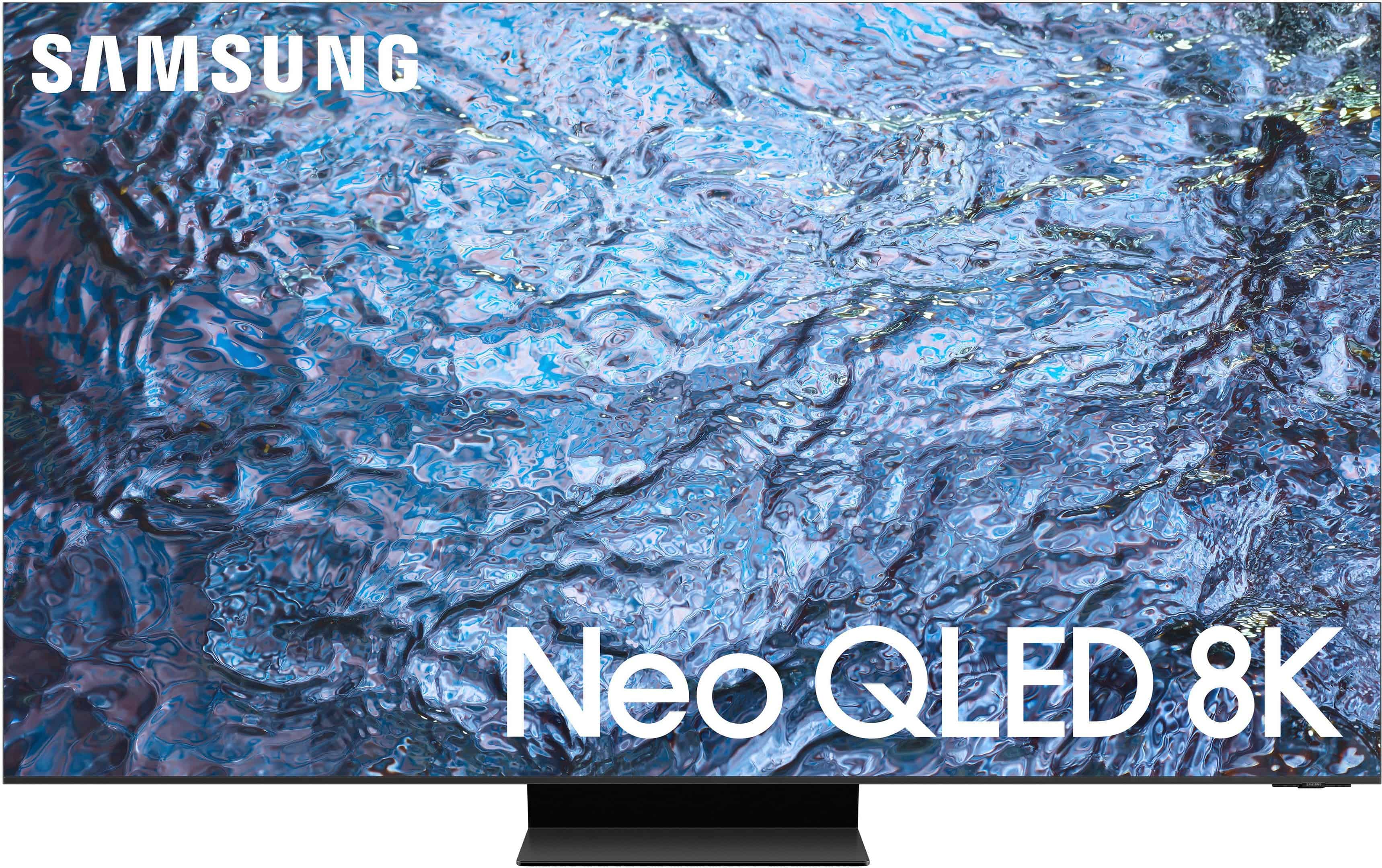Video resolution technology continues to advance rapidly. 4K and 8K are two high-resolution formats that offer stunningly detailed images. While 4K has become the current standard for premium TVs and content, 8K provides four times the pixel count of 4K for even sharper picture quality.
The jump from 4K to 8K represents a significant increase in visual fidelity. 8K displays boast 33 million pixels compared to 4K’s 8 million. This allows for incredibly lifelike images with imperceptible pixels, even on very large screens.
Despite 8K’s impressive specs, the technology faces some practical challenges. There is currently very limited native 8K content available to consumers. Most 8K TVs rely on upscaling lower resolution video, which can produce mixed results. The massive file sizes and bandwidth requirements of 8K also pose obstacles for streaming and storage.
Comparing 8K and 4K Video
8K TVs are here, and they offer incredibly sharp images. But is 8K really worth the upgrade over 4K? Let’s break down the key differences and help you decide.
Resolution: The Pixel Difference
The biggest difference between 8K and 4K is resolution. 8K resolution has 7680 x 4320 pixels, which is four times as many pixels as 4K (3840 x 2160). This means 8K images are much sharper and more detailed, especially on larger screens.
Screen Size Matters
To truly appreciate the extra detail of 8K, you need a large screen. On smaller screens, the difference between 8K and 4K is less noticeable. Experts generally recommend a screen size of at least 65 inches for 8K, with 75 inches or larger being ideal.
Content Availability: Where’s the 8K?
One of the biggest challenges with 8K is the lack of native content. There are very few movies or TV shows currently available in 8K. Streaming services like YouTube and Vimeo offer some 8K videos, but the selection is limited. This is likely to change in the future, but for now, 8K content is scarce.
Upscaling: Making 4K Look Better
Even without native 8K content, you can still benefit from an 8K TV. Many 8K TVs have excellent upscaling capabilities. This means they can take lower-resolution content (like 4K or even 1080p) and upscale it to near-8K quality. This can make your existing movies and shows look sharper and more detailed on an 8K screen.
Price: The 8K Premium
8K TVs are still relatively new, and they come with a premium price tag. Expect to pay significantly more for an 8K TV compared to a 4K TV with similar features. As technology advances and production costs decrease, 8K TV prices will likely come down, but for now, they remain a luxury item.
Is 8K Worth It?
Whether or not 8K is worth it for you depends on several factors, including your budget, your screen size, and your desire for the absolute best picture quality. If you have a large screen, a healthy budget, and you want to be at the forefront of technology, then 8K might be a good choice. However, for most people, 4K still offers an excellent viewing experience at a more affordable price.
Here’s a table summarizing the key differences between 8K and 4K:
| Feature | 8K | 4K |
|---|---|---|
| Resolution | 7680 x 4320 | 3840 x 2160 |
| Pixels | 33.2 million | 8.3 million |
| Sharpness | Extremely sharp | Very sharp |
| Ideal screen size | 75 inches or larger | 55 inches or larger |
| Content availability | Very limited | Widely available |
| Price | Expensive | More affordable |
Introduction:
Key Takeaways
- 8K offers four times the resolution of 4K for sharper images
- Limited 8K content is currently available to consumers
- 4K remains the practical high-end standard for most viewers
Understanding 4K and 8K Video Resolution
Thinking about upgrading to an 8K TV? You’ve probably heard about the amazing resolution and incredible detail. But before you take the plunge, it’s important to understand what 8K really offers and whether it’s the right choice for you. This article will explore the key differences between 8K and 4K, including resolution, screen size considerations, content availability, and price. We’ll help you make an informed decision about whether the upgrade is worth it for your needs.
Video resolution plays a crucial role in picture quality. The number of pixels determines the level of detail and sharpness in images and videos.
Fundamentals of Video Resolution
Resolution refers to the number of pixels in a display or video. It’s typically expressed as width x height, such as 1920×1080 for Full HD. Higher resolutions pack more pixels into the same space, resulting in sharper images.
Common resolutions include:
Each step up in resolution quadruples the pixel count. 4K has four times as many pixels as 1080p, while 8K has four times as many as 4K.
Comparison: 4K vs 8K
4K and 8K represent significant leaps in video quality. 4K offers 8.3 million pixels, while 8K boasts a staggering 33.2 million pixels.
Key differences:
- Detail: 8K provides more fine detail and texture
- Viewing distance: 8K benefits are most noticeable up close
- Processing power: 8K requires more powerful hardware
- File size: 8K files are much larger than 4K
For most viewers, 4K offers an excellent balance of quality and practicality. 8K shines in very large displays or professional production.
Technological Advancements in Displays
Display technology has evolved to support higher resolutions. Manufacturers now produce 4K and 8K TVs, monitors, and projectors.
Key advancements include:
- Enhanced pixel density
- Improved color reproduction
- High Dynamic Range (HDR) support
- Better upscaling algorithms
These improvements allow displays to take full advantage of high-resolution content. Upscaling helps lower-resolution content look better on high-res screens.
Content Availability and Production
4K content is becoming increasingly common. Many streaming services, Blu-ray discs, and games offer 4K options. 8K content remains limited but is growing.
Production challenges for 8K include:
- Expensive cameras and equipment
- Massive file sizes
- Limited distribution channels
Some filmmakers use 8K for production, even if the final output is 4K. This allows for more flexibility in post-production.
As technology advances, 8K may become more accessible for both creators and consumers.







